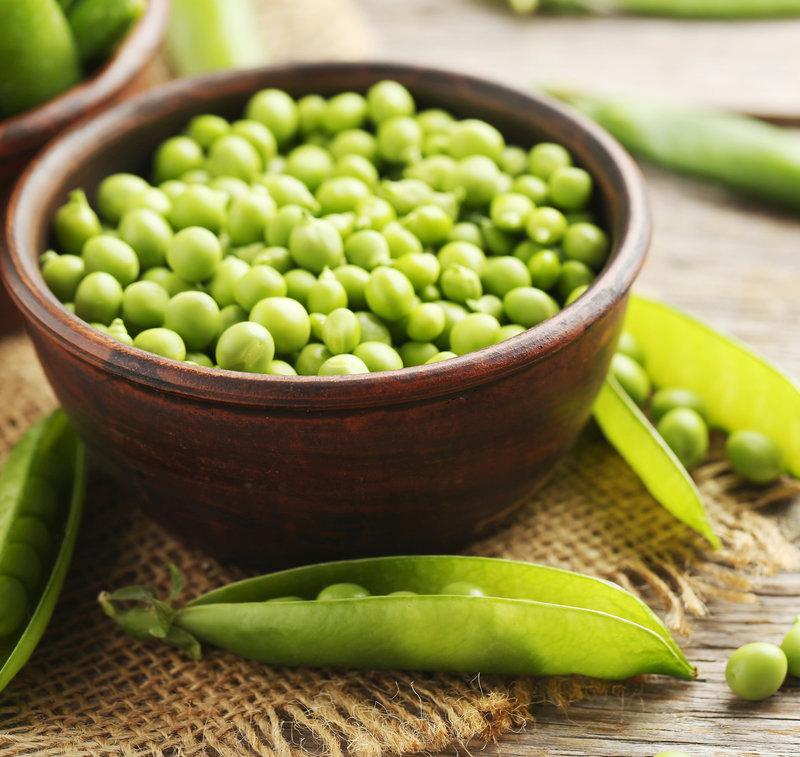Basket
Text: CUINA MAGAZINE Photo: Anna García Frigola
Llavaneres peas
The pèsol garrofal is sweeter and smaller than its more conventional brethren
The variety of pea grown in and around Sant Andreu de Llavaneres is locally known as the pèsol garrofal, which is a strain of the Alderman pea. The main distinctive characteristic of Llavaneres peas is their sweetness. Each pod usually contains between four and ten peas, making them slightly smaller than conventional peas.
Llavaneres peas are grown in silicon, sandy soil and are sown around October time. The seeds used for planting are those produced by the local pea farmers themselves. The flowering plants can reach a height of more than two metres, which does not make them suitable for growing in greenhouses. The peas are harvested between February and May. The most popular local dish made with the peas is called pèsols ofegats, which is made with bacon and onion, although there is a wide variety of recipes that also include the peas.
The first references to the peas in Llavaneres go back to the 17th century, when Francisco Zamora mentioned them in his book, “Diario de los viajes y hechos en Cataluña” (Diary of Journeys and Events in Catalonia), in which he talks about the peas grown in the Mataró area being sent for sale in Barcelona. The references to this pulse continue during the 19th and 20th centuries and, thanks to some significant harvests, they were exported to France in the 1930s.
Peas in general have a long ancestry, with the earliest archaeological finds of peas dating from the late neolithic era of current Greece, Syria, Turkey and Jordan. Peas are starchy, but they are also high in fibre, protein, different vitamins, phosphorus, magnesium, copper, iron, zinc and lutein.

